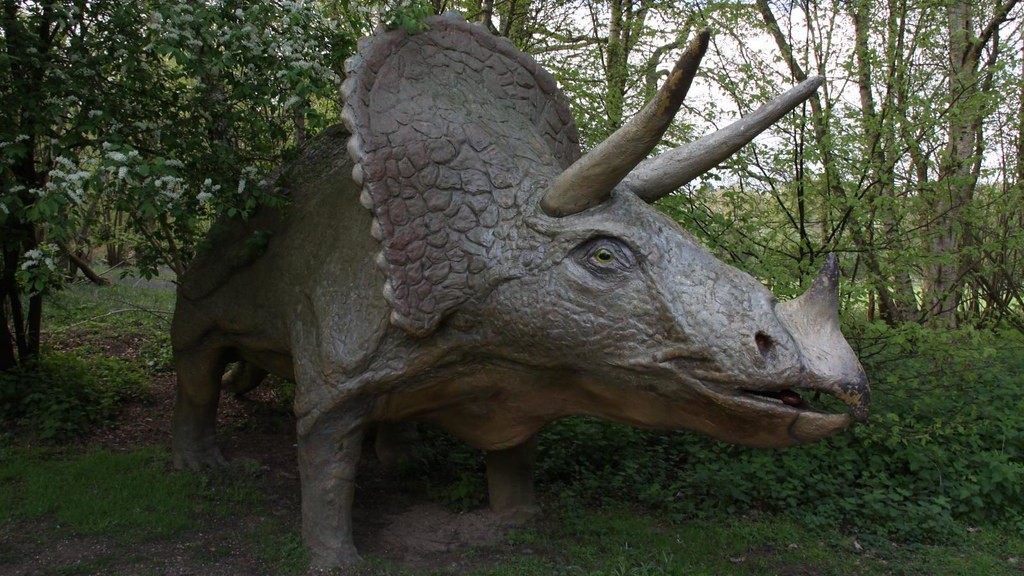How Deep are Dinosaur Bones Buried?
Imagine a world millions of years ago, where enormous creatures roamed the earth. Dinosaurs, with their massive size and unique characteristics, have fascinated both young and old for centuries. But have you ever wondered how deep their bones are buried beneath the surface? In this article, we will dig deep into the realm of paleontology to uncover the depths at which these ancient remains lie.
Unveiling the Depths
When it comes to the depth at which dinosaur bones are buried, we enter a realm of speculation and estimation. The Earth has undergone significant changes over millions of years, and as a result, the burial depths can vary vastly depending on location and geological factors. However, scientists have developed methods to approximate the depth at which these fossils are found.
Geologists and paleontologists rely on careful excavation and meticulous analysis to determine the depth of dinosaur bones. By studying rock layers and sedimentation patterns, they can piece together clues about the burial depths. These experts carefully unearth the fossils, document the positions they were found in, and examine the surrounding strata to gain insights into the past.
While it is impossible to provide an exact answer to the question of depth, it is safe to say that dinosaur bones can be found at a variety of depths. Some fossils have been discovered just a few feet beneath the surface, while others have been found dozens of feet below ground. However, there have been extraordinary discoveries of dinosaur fossils that have been buried hundreds of feet deep, revealing the incredible challenges scientists face in unearthing these ancient treasures.
The Mystery of Fossilization
One might wonder how, after millions of years, dinosaur bones managed to make it to the present day. The key lies in the process of fossilization. When a dinosaur dies, its remains are often left exposed to the elements, subject to scavengers, decay, and decomposition. However, in some cases, a fortunate sequence of events occurs, allowing for the preservation of these ancient remains.
During fossilization, minerals gradually replace the organic materials within the bones, effectively turning them into rock-like structures. Over time, layers of sediment and sedimentary rock accumulate, burying the bones deeper and deeper into the Earth. This slow and meticulous process, happening over vast periods, contributes to the burial depths of dinosaur fossils.
The Influence of Geological Factors
When considering the burial depth of dinosaur bones, it is crucial to take into account the influence of geological factors. Various elements, such as landform changes and sedimentation patterns, play a significant role in determining where and how deep these fossils lie.
Volcanic eruptions, for instance, can bury dinosaur remains under layers of ash and lava, leading to significant depths. In contrast, the effects of erosion and tectonic movements can expose dinosaur bones that were once buried deep underground. These geological forces create a dynamic environment, where the depths at which dinosaur bones are found can vary greatly across different regions and even within a single site.
Moreover, the type of sediment in which the bones are buried also influences their depth. Soft sediments, such as clay, are easily eroded and can result in shallow burial depths. Conversely, dense sediments like sandstone can provide a more secure and lasting burial environment, allowing bones to be preserved at deeper depths.
Unlocking the Secrets of the Past
The depth at which dinosaur bones are buried is not merely a matter of geological curiosity. It holds the key to unraveling the mysteries of Earth’s history and the existence of these incredible creatures. By studying the burial depths, scientists can piece together the timelines of different species, understand the environmental conditions they thrived in, and reconstruct ancient ecosystems.
Through the painstaking work of paleontologists, incredible insights have been gained into the life and times of dinosaurs. Fossils found at greater depths provide a window into the distant past, painting a vivid picture of the world as it once was. These buried treasures are like time capsules, waiting to be unearthed and shared with the world.
So, the next time you think about dinosaurs and their buried bones, remember that they are not just remnants from a bygone era. They are gateways to the past, offering us a glimpse into a world that existed long before our time. And as scientists continue to explore and discover, who knows what other fascinating secrets of the past will be uncovered?



